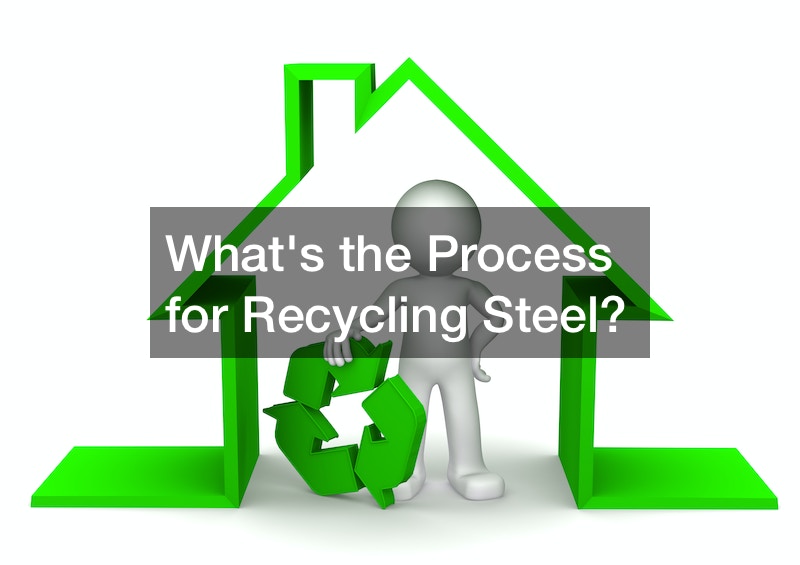Steel is extremely durable and versatile. Due to this, it’s one of the most recycled materials in the world. Steel recycling not only conserves natural resources but also helps to reduce carbon emissions. But what is the process for recycling steel?
The first step in the process is collecting scrap steel, which can come from a variety of sources, including cars, appliances, and construction materials. Once the scrap steel is collected, it is sorted based on its quality and type.
It’s extremely important because different grades of steel have different properties and can be used for different purposes.
After sorting, the steel is processed to remove any contaminants such as dirt, oil, or paint. The steel is then shredded into small pieces and melted in a high-temperature furnace. Then, the molten steel will need to be poured into molds to form new steel products.
One of the many advantages of recycling steel is that it uses less energy than producing steel from raw materials. The recycling process also reduces the amount of waste you send to landfills and helps conserve natural resources.
Steel recycling is an important part of the circular economy and helps to create a more sustainable future. By recycling steel, we can conserve natural resources, reduce carbon emissions, and create new products from old materials. So, the next time you recycle your old steel products, know that you are helping to create a more sustainable world.
.

